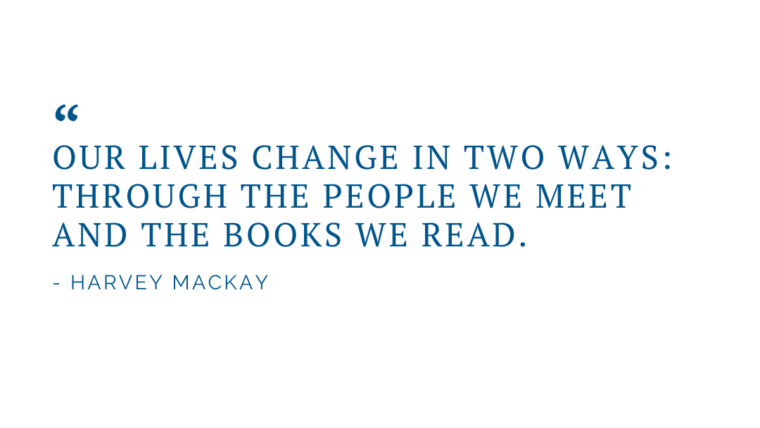This article was originally published by Forbes here.
“He doesn’t always have the best answers, but he always has the best questions.”
When a CEO said this to me about one of his business advisors, I thought it sounded like an insult. But I quickly realized it was actually an incredible compliment.
Everyone likes to be the one with the answers. Need a problem solved or a question answered? I’m your guy. The one with the most creative ideas and ingenious solutions? Yep, that’s me. “Wow, you are so smart!” Aw, shucks, it’s nothing.
The problem, even for the smartest person, is that if you’re answering the wrong question, then it doesn’t matter what your answer is.
Truly insightful people focus much more on asking the right questions than on having the right answers. And you’ll find that if you ask the right questions, the answers often become much more apparent.
Over time, my team has made our company better by focusing on the right questions to ask, and it’s made all the difference. Here are five questions I love to ask in my business that you can ask in your company, too.
1. What is the problem we are trying to solve?
Often, my team can get wrapped up in treating symptoms—tangential issues that are grabbing our attention because they are irritating or even painful. Symptoms typically distract us from addressing the root cause of the problem. The solution to most problems is revealed when you really understand the problem. That’s why this question is so ingrained in our company’s lexicon.
You, too, can start with this question when facing a decision. Because it’s also a great tool for getting clarity around the best solution to a problem, you can step back and ask the question again to refocus on the actual problem you need to solve.
2. What is our desired outcome?
Activity is often confused with progress, and the “why” gets lost in the shuffle. In business, you are often so busy doing what you are doing that you can forget why you’re doing it. Even at times when my team, for example, is launching a new initiative, we get focused on the process of doing the new thing and lose track of the “why” driving us to do it. When faced with a difficult decision, it is valuable to articulate and then revisit your definition of success for the situation.
Understanding the problem is a close cousin to understanding desired outcomes. You can’t craft a solution unless you know what that solution needs to achieve.
3. What will we wish we had done in the future?
Situations in which you must make important decisions are generally accompanied by emotions, and those emotions can be powerful forces in decision-making. I have heard some argue that ultimately all decisions are made emotionally, and we only seek information to justify our decisions. There might be some truth to this, but emotions, while powerful, are also often short-lived. The thing you want to say in the heat of the moment might make you feel better at that moment, but it might be something you regret later when emotions have calmed.
Considering yourself in a future state, looking back on that moment, helps give perspective and causes you to consider the best outcome over the long term. Asking this question also helps you to pause long enough to view your emotions more objectively, so you can determine how much weight your feelings should carry in informing your decision.
4. If we were designing this from scratch, how would we approach it?
Every process, workflow or activity in your business was created as a solution to some problem in the past. Those processes become ingrained in the organization—“this is how we do things.” When the problem to be solved changes, your view of potential solutions is usually limited by your assumptions based on how you do things now.
I often see this when someone leaves a position, and we need to replace them. The default is to fill the same position with a different person. However, the circumstances that led us to create that position with those responsibilities have likely changed since that person was hired. We need to relook at the problem to be solved by this role.
This often also shows up in discussions about technology. Some leaders might try to fit old processes into new technology. I like to ask, “If we had no legacy processes or systems to consider, how would we do this?” This helps us identify unspoken assumptions and escape the trap of our current ways of doing things.
5. How will they view this?
You see every situation through your own lens—a filter created by your beliefs and motivations. However, in business (and life), you generally need others to help you accomplish your goals, yet they won’t look at things the way you do because they will view them through their own lens.
I was once talking with a leader who was ready to announce a big new initiative that he was very excited about. He told me about the announcement, and I warned him that no one would hear what he had to say because he was only focusing on the news and not on the people impacted by the announcement. Until your audience understands how they will be affected, they will tune everything else out.
Whether you are dealing with a customer, an employee or a friend, if you want to accomplish your objective, you must first consider their perspective.
Next time you are facing a problem or are at the crossroads of an important decision, pause before generating answers. Take a moment to ask yourself and your team some questions. Your answers will be all the better for it.



